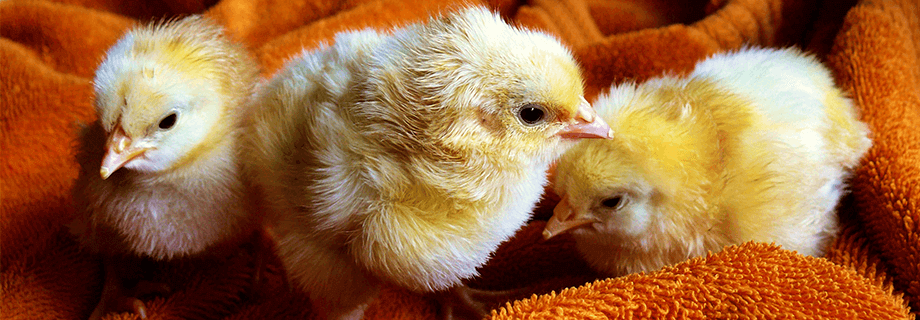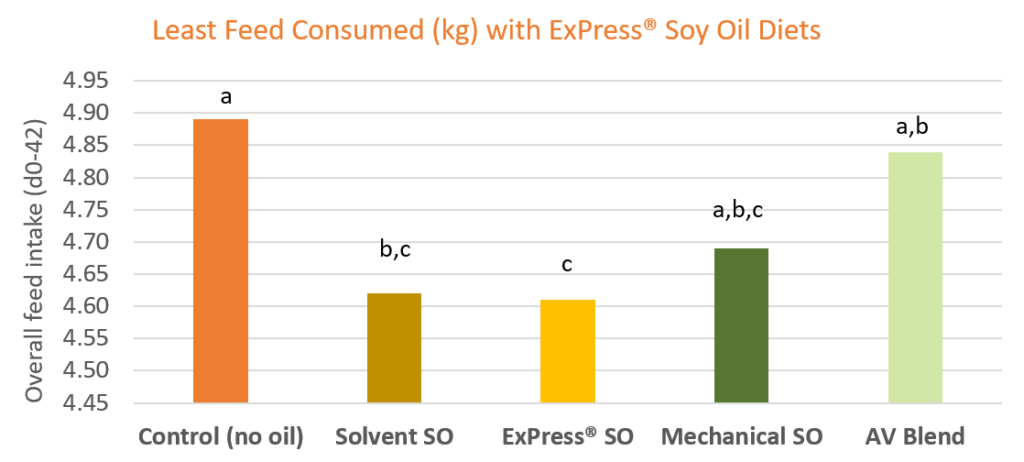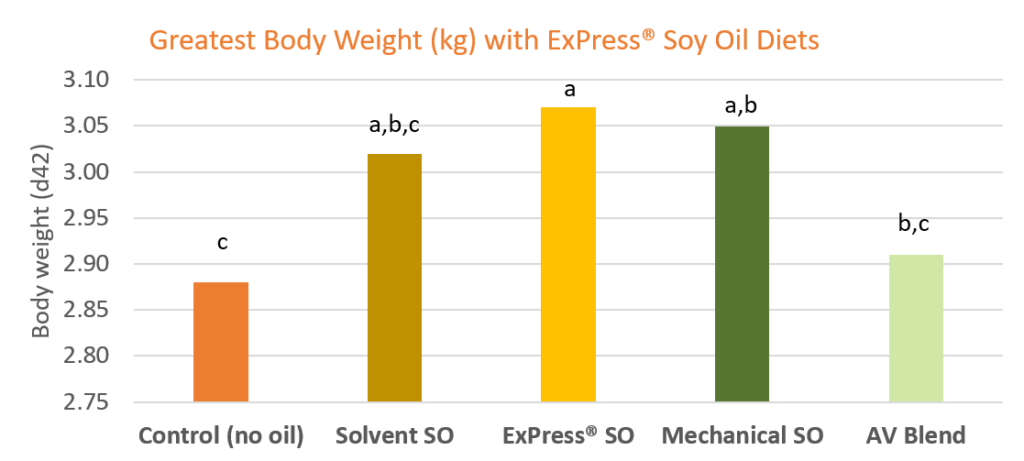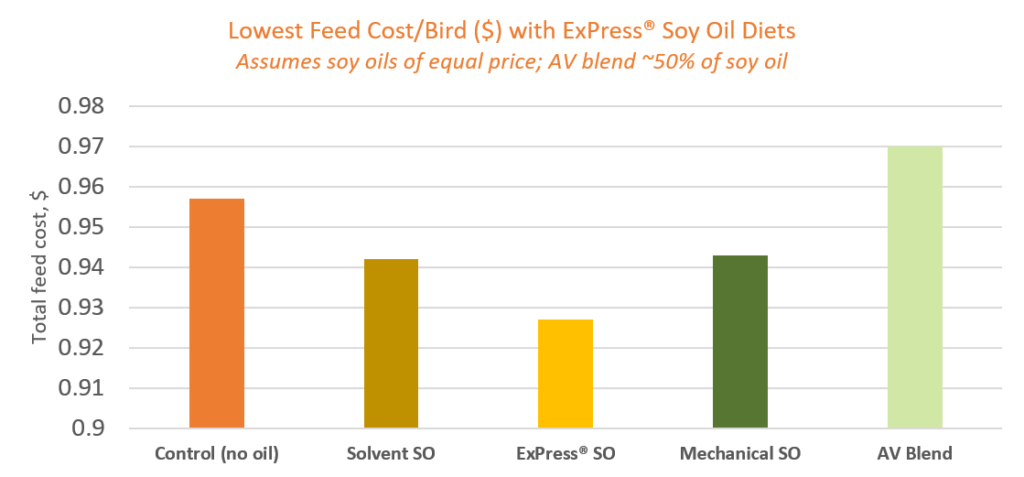New Information on ExPress® Soy Oil: Part 2 – Animal Results

In Part 1 of this blog series, I discussed how there are only small compositional differences between soy oils despite being produced with different equipment and processes. Also, I discussed how fats and oils are somewhat unique, in that, even though they are included in animal diet formulations in relatively small amounts, the effects of using different fats and oils are important.
Part of this phenomenon is due to extra-caloric effects – that is, the benefits of the use of certain fats and oils in diets go beyond providing extra energy. For example, in a previous blog, I showed that when pigs were fed different types (soy and palm oil), and feeding levels of each were increased, that certain amino acids had increased digestibility. Interestingly, the results were dependent on type and level of oil, with more linear increases in amino acid digestibility found with the use of soy oil. Thus, soy oil affected the uptake of other nutrients, in this case, amino acids in protein.
To follow up on our compositional analysis, discussed in Part 1 of this blog series, we conducted a broiler feeding experiment at Iowa State University to determine if different soy oils had any impact on growth performance or feed efficiency. We also examined a diet without any supplemental fats and oils, and another that contained animal/vegetable (AV) blend, a cheap fat blend of questionable quality.
A 42-day feeding trial was conducted, with starter, grower, and finisher phases used to feed Ross 308 birds to market weight and beyond. The following results were obtained:



Notice a few interesting results here – broilers that were fed ExPress® soy oil exhibited the lowest feed intake during the experiment, but also, the greatest body weights at the end of the trial. Finally, ExPress® oil – fed birds had the lowest total feed costs, mostly because feed intake was reduced the most with these diets.
This data is further evidence that selecting the right fats and oils is a key component in animal formulations. While only comprising a small percentage of the total, a better-quality oil can make a big difference. Also, look at what happened when AV blend was used – birds fed this fat exhibited the greatest feed cost per bird. A producer would have been better off not using any fats or oils at all!
Speak with us about this new and exciting data. Remember, according to oil composition studies, shown in the first blog, these soy oils looked remarkably similar. However, when fed to broilers, very different results were found.



